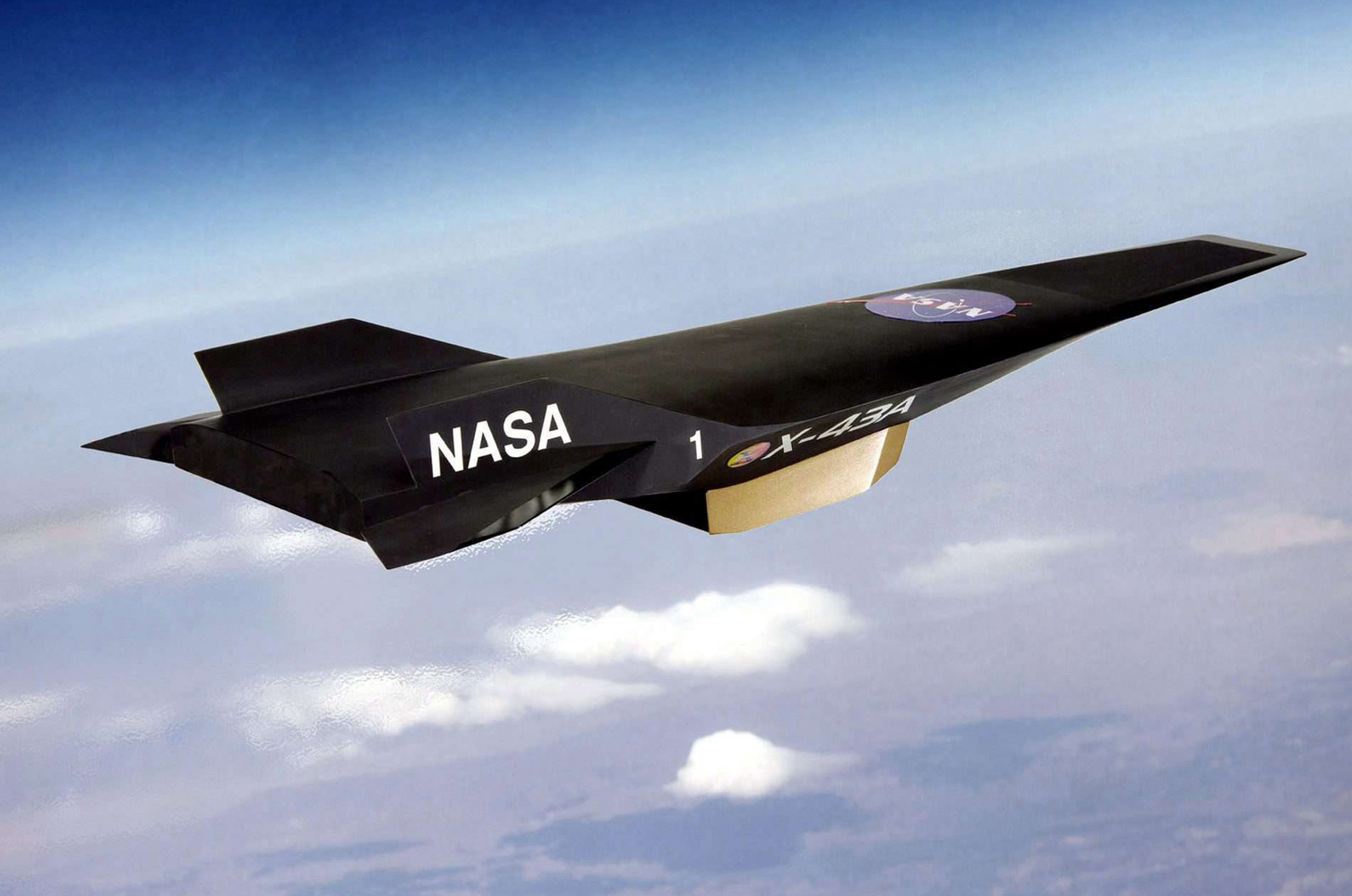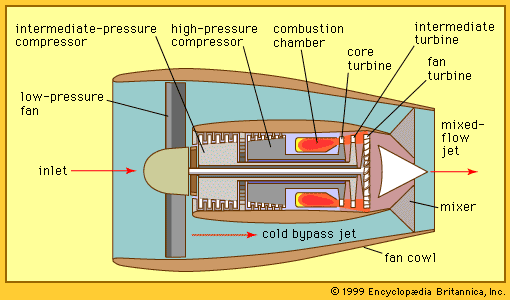How Fast is Mach 10: Unveiling the Speed of Mach 10
The concept of speed has always fascinated mankind. From the earliest forms of transportation to modern advancements in aviation and space travel, the need for speed has pushed the boundaries of human innovation. One unit of measurement that often captures our attention is Mach. In this article, we will delve into the world of Mach speeds and explore the question: "How fast is Mach 10?"

How Fast is Mach 10
1. Understanding Mach Speed:
1.1. Definition of Mach Speed:
To comprehend the speed of Mach 10, we must first understand what Mach speed represents.
Mach speed is a measurement of an object's speed relative to the speed of sound in the surrounding medium.
Mach 1 is equivalent to the speed of sound, Mach 2 is twice the speed of sound, and so on.
1.2. The Speed of Sound:
Before we can calculate the speed of Mach 10, we need to establish the speed of sound.
The speed of sound varies depending on several factors, such as temperature and altitude.
Under standard conditions, at sea level and a temperature of 20 degrees Celsius (68 degrees Fahrenheit), the speed of sound is approximately 343 meters per second (1,125 feet per second).
2. Calculating Mach 10:
2.1. Converting Mach to Meters per Second:
To determine the speed of Mach 10 in meters per second, we multiply the speed of sound by 10. Hence, Mach 10 would be 3,430 meters per second (11,250 feet per second) under standard conditions.
2.2. Comparison to Other Speeds:
To put Mach 10 into perspective, let's compare it to other notable speeds.
For instance, the average cruising speed of a commercial jet is around Mach 0.85, while the top speed of the Concorde supersonic airliner was approximately Mach 2.04.
March 10, therefore, is considerably faster than any aircraft currently in operation.

How Fast is Mach 10
3. Applications and Implications:
3.1. Hypersonic Travel:
The speed of Mach 10 opens up possibilities for hypersonic travel.
At this velocity, air travel time between distant locations could be drastically reduced.
Imagine traveling from New York to Tokyo in just a couple of hours.
3.2. Military Applications:
Mach 10 speeds have significant military implications.
Hypersonic missiles traveling at such velocities would be extremely difficult to intercept or defend against, revolutionizing warfare strategies.
3.3. Scientific Research:
The ability to reach Mach 10 would enable scientists to conduct experiments in extreme conditions, such as testing materials' resilience under intense aerodynamic forces.
4. Technological Challenges:
4.1. Heat Resistance:
One of the primary obstacles to achieving sustained Mach 10 speeds is heat resistance.
The air friction generated at such velocities produces immense heat, necessitating advanced materials capable of withstanding extreme temperatures.
4.2. Propulsion Systems:
Developing propulsion systems capable of propelling an aircraft or spacecraft to Mach 10 poses significant engineering challenges.
Current propulsion technologies fall short of achieving and sustaining such speeds.

Propulsion Systems
In conclusion, Mach 10 represents an incredibly high speed, ten times the speed of sound. It surpasses the capabilities of any existing aircraft or spacecraft, offering potential advancements in transportation, military capabilities, and scientific research.
However, achieving and harnessing this velocity poses considerable technological challenges that require further exploration and innovation.
The pursuit of faster speeds continues to push the boundaries of human achievement, propelling us towards a future where Mach 10 may no longer be just a theoretical concept, but a reality.